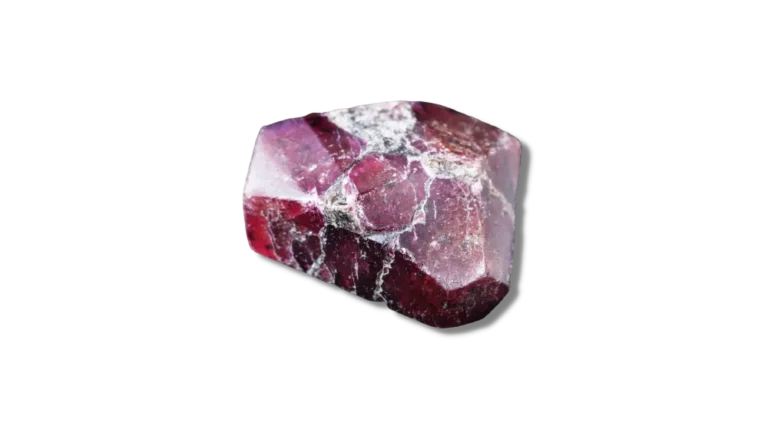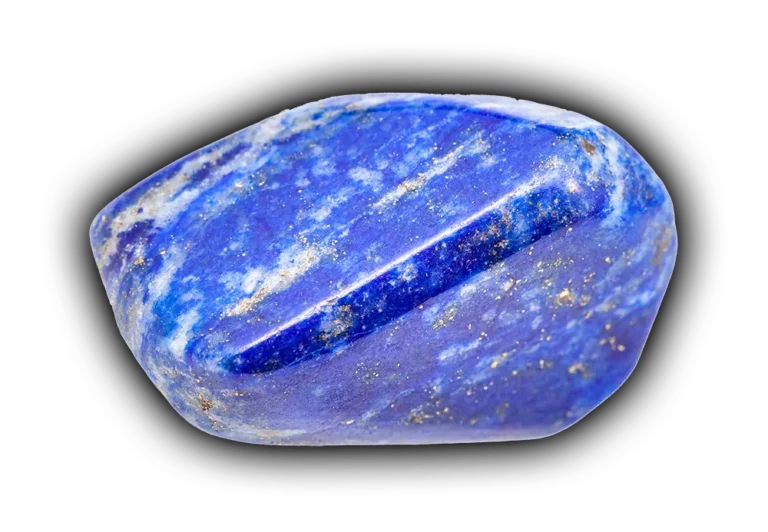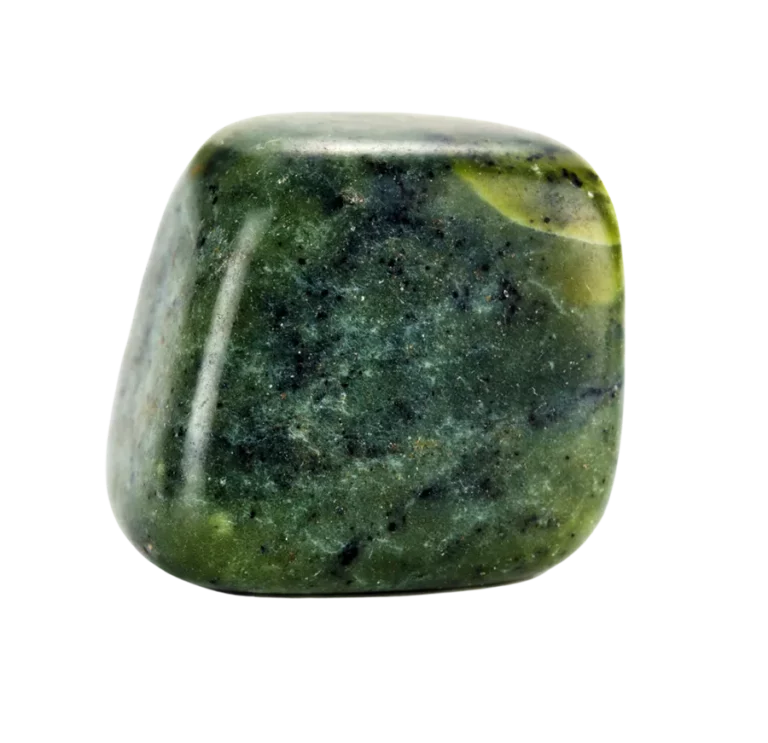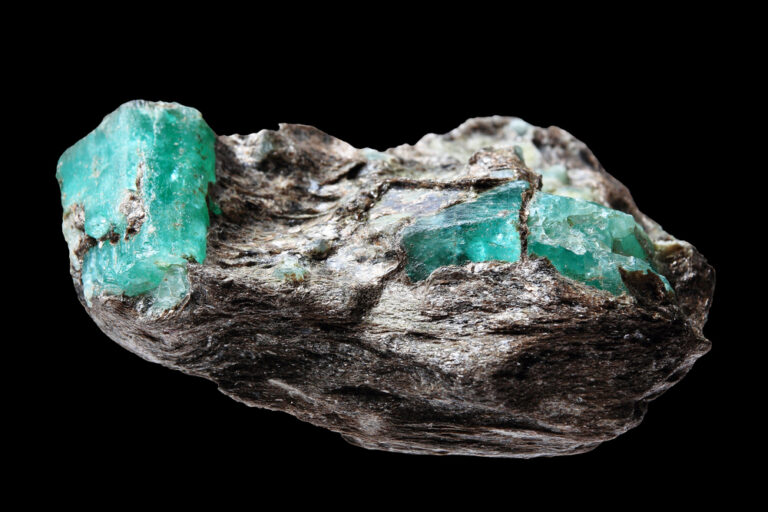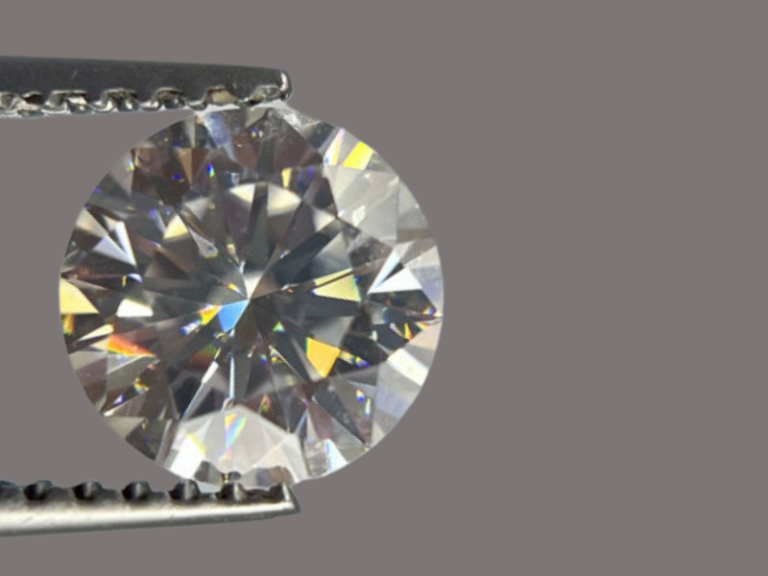Sard Stone: Properties, Benefits & Meanings
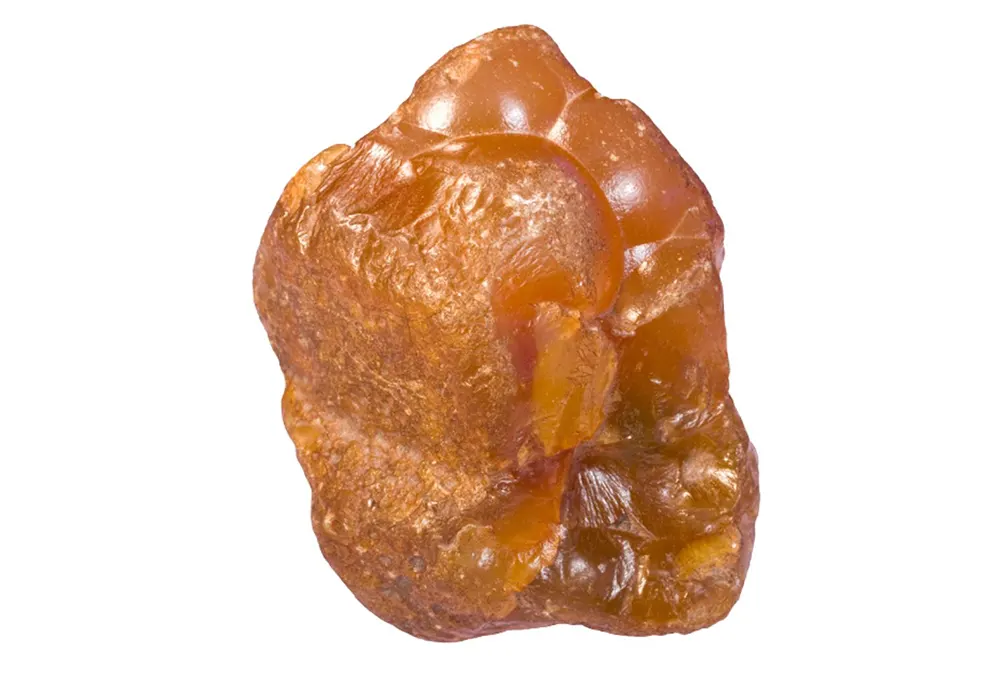
Sard Overview
Sard Stone is a beautiful, transparent chalcedony that can vary in color from light brown to dark reddish brown. Formed by silica deposition at low temperatures, sard stones are harder and darker than Carnelian. They are also popular as jewelry stones for women, as they have been traditionally believed to bring love, protection, and courage.
This article will introduce you to Sard, its properties, and its meanings. It will also discuss how to use this stone in your life.
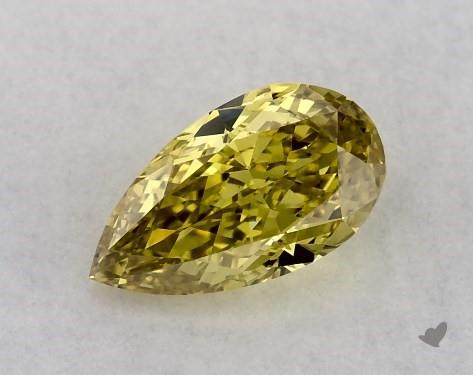
0.31 Carat Pear Diamond

0.32 Carat Pear Diamond

0.38 Carat Square Radiant Diamond
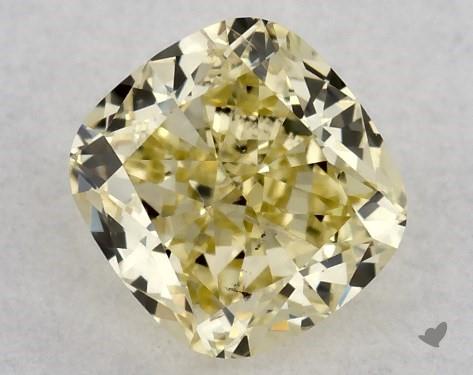
0.53 Carat Cushion Modified Diamond
What is Sard?
Sard is a translucent, dark reddish-brown stone formed from silica deposition at low temperatures from silica-rich waters running through cracks and fissures in other rocks.
It is often confused with Carnelian due to their similar origin and shape. However, it is generally darker and browner in tone than the carnelian stones.
Sard is a form of microcrystalline quartz. In chemistry, known as silicon dioxide (SiO2).
What Does Sard Look Like?
Sard stones can be a variety of colors, but they are typically dark reddish-brown. In addition, they have a smooth exterior and often possess an iridescent quality.
White bands streak through the surface of most Sard stones. These bands result from hydrated iron oxide present in the silica deposits.
There exists a lot of variance in color between sard stones. Most Sard stones are reddish brown, yet some have such a dark brown hue that they appear virtually black under reflected light.
Is Sard A Natural Stone?
Yes. Sard is a natural gemstone resulting from a natural phenomenon without human intervention.
Is Sard A Real Gemstone?
Yes. Sard is a gemstone that is mined and shaped by humans. It is among the cheaper gems you can buy.
Sard Pronunciation And Etymology
Sard is named after the Greek Sardis, the capital of ancient Lydia until the Middle Ages. Sard is derived from the Greek word ‘sardios’ and the Latin word ‘sarda’, both of which reference Lydia’s capital as mentioned above. Pliny The Elder was also in agreement with this theory.
However, some sources believe the word to be of Persian origin. In ancient times, Sard was referred to as ‘Sardion.’
Its prononciation is [sahrd].
Physical Properties of Sard
The physical properties of sard stones vary depending on their location and type, but most exhibit conchoidal fractures with a white streak.
Sard is a type of gemstone with a hardness of 6.5 to 7 on the Mohs scale.
They are typically dark reddish-brown in color.
It has a smooth, lustrous exterior and is often used for decorative purposes.
Sard stones are also moderately hard, making them excellent choices for jewelry and other objects made from stone.
These stones typically have an average specific gravity between 2.6 and 2.8 grams per cubic millimeter, making them moderately dense compared to other rocks or gemstones.
| Mineral Group | Quartz |
| Formula | SiO2 |
| Chemical name | Silicon dioxide |
| Color | Dark Brown, Reddish-Brown |
| Hardness (Mohs scale) | 6.5 – 7 |
| Toughness | Slightly Tough |
| Fracture | Conchoidal |
| Luster | Vitreous |
| Specific Gravity | 2.58 – 2.63 |
| Transparency | Transparent, Nearly Opaque |

Where Is Sard Found?
Sard is a gemstone that comes from many different places around the world. You can find some of the best Sard stones in:
Despite what some sources might say, it is not naturally found in Brazil and surrounding regions.
You can find the complete list of locations here.
How does Sard Form?
Sard is formed from silica-rich water. The silica depositions form the Sard stone in gas cavities in lava, resulting in its distinctive white streaks.
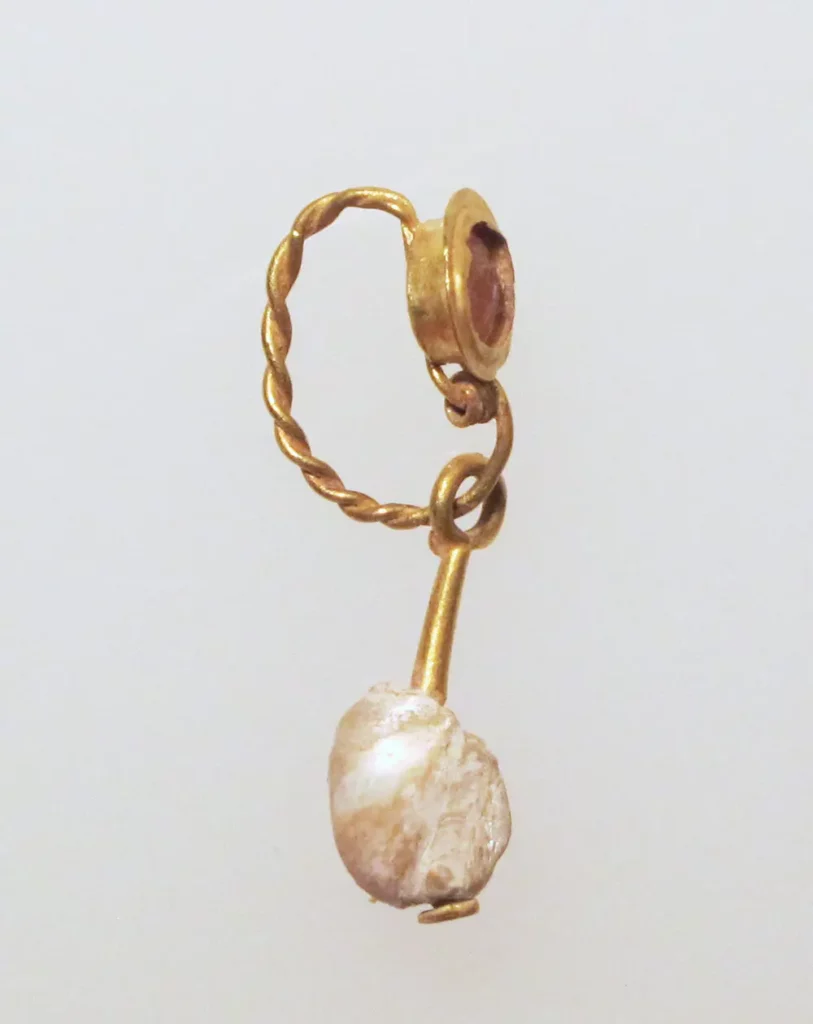
Sard Value and Price
Is Sard Rare?
No, Sard is not particularly rare and can be found in most gemstone markets. However, a good quality Sard stone will usually cost more than other gemstones.
Is Sard Valuable? (price per carat)
This stone isn’t generally sold on its own. Sard stones with streaks of Onyx mixed in are usually sold under the name Sardonyx. The Price Per Carat for this combination is around $14.99.
Not all stones are created equal. There are only three main factors to pay attention to when determining the price of a stone. They are color, cut, and clarity.
- Color: The color of a stone is the most visible, which will impact the price. These stones are usually brown or reddish-brown, which means they will have a higher value than other colors. For Sard, color is a significant factor because it affects how much light passes through the stone. The darker sard stones tend to be more valuable than lighter colors due to this reason.
- Cut: The cut impacts the price of a gemstone. A stone cut delicately with many surfaces will have a higher value than one that hasn’t been cut at all. This makes sard stones more expensive per carat than gemstone combinations with smaller, granular pieces with a generally smooth exterior.
- Clarity: Good clarity is vital. A cloudy stone or one with impurities will have a lower value than one with fewer defects. Although Sard stones are usually not very clear, that doesn’t equate two stones that have different levels of clarity. A clearer, more translucent stone will always be better than a cloudier one because if any blemishes or inclusions are present, they will decrease its value.
What Does Sard Symbolize?
Sard is a stone that symbolizes courage, love, and protection.
Sard is also said to symbolize a sense of adventure, creativity, and vitality. It is thought to represent the qualities of patience and perseverance. It has been in use for millennia for its strength and protection properties. It is particularly effective for women, as it brings happiness and courage and assists them in giving birth to a child without trouble.
Sard is said to symbolize justice. Moreover, it is touted to be able to combat introversion and melancholy.
Sard’s Chakra Linkage
Sard is linked to the Root and Sacral or Spleen chakra.
The first chakra (Root) refers to the chakra at the base of the spine. It is the basis and the foundation of life and vigor. Stimulating this chakra helps one face difficult challenges with poise. It provides a sense of stability.
The Spleen chakra refers to the entry point of prana in the body. It enables one to achieve victory and success in one’s endeavors.

Uses of Sard
Sard stones are used for a variety of different purposes. Some of the notable uses of Sard are:
- Sard is a stone that has been used for centuries to create gems and luxury items. It is also famous for creating intricate art designs, especially in the Greek and Etruscan civilizations.
- It was used as a canvas for profile portraits engraved into its surface from antiquity. Ancient tools were used to do the carving.
- Sard stones are popular for women’s jewelry since they are often linked with love, protection, and bravery.
- Sard gems are thought to protect against Snakebites and some other poisons.
- Some people believe that Sard can help to reduce the incidence of bad dreams.
- In ancient times, Sard was thought to counter harmful spells and energies.
- Sard stones are suited for little sculptures, inlay work, cameos, and intaglios.
- It was used as hot wax signet rings by dignitaries to sign official documents.
- Nowadays, it is mostly used for making amateur jewelry products, usually limited to things like necklaces and beads.
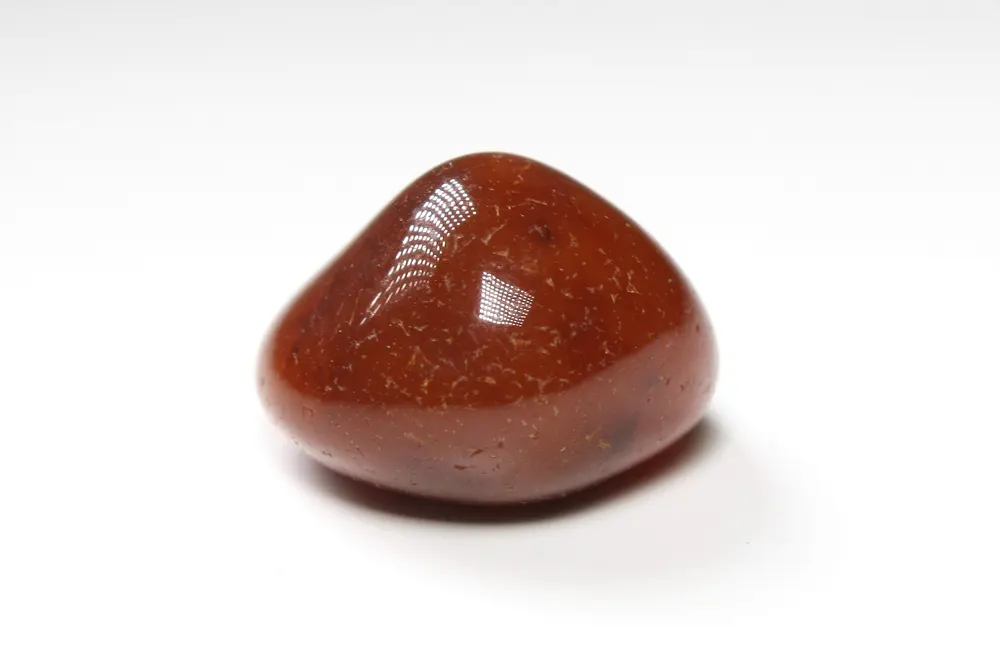
How Can You Tell If Sard Is Real?
The best way to differentiate between real and fake Sard is to examine the stone. It is likely real if it has a natural hue and no apparent treatments or enhancements exist. Whether or not the stone has a certificate of authenticity from an independent assay laboratory indicates that it may be authentic.
Which Birthstone is Sard?
Sard is not a birthstone by itself but combined with Onyx; it makes Sardonyx, which is made of Onyx and layered Sard. Sardonyx is August’s birthstone.
Sard Meaning in the Bible
It is mentioned in the Book of Revelations (Rev 4:3).
The appearance of Him who sat there was like jasper or Sard, and encircling the throne was a rainbow, in appearance like an emerald.
The sard stone is also believed to have been used by the Israelites during their exodus from Egypt. Sard was also placed on the high priest’s breastplate to protect him from evil spirits and diseases.

How To Clean Sard Jewelry
Cleaning gemstone jewelry is often overlooked and under-appreciated, but it’s essential to care for your fine jewelry. It not only helps maintain the beauty of your gems but also allows you to prolong their life expectancy.
A soft cloth and warm water are all you need to clean your Sard jewelry.
- Do not use chemicals. Chemicals can damage the jewelry, causing it to lose its luster or even change color.
- Make sure that you are not using ultrasonic or steam cleaners, as these can damage your gemstones.
- Do not put gemstone jewelry into a dishwasher because this may cause stones to loosen or fall out of their settings.
- Do not use abrasive cleaners either; they may scratch the metal parts of your gems and leave them dull and old.
FAQ
Is Sard heat-treated?
No, sard stone is not typically heat-treated. Heat-treated Sard stones get lighter in color, making them look similar to Jasper.
Is Sard soft or hard?
Sard stone is moderately hard with a rating of 6.5 to 7 on the Mohs scale of mineral hardness. Therefore, it is suitable for most forms of jewelry.
Is Sard opaque?
No, Sard stone is translucent. It is a type of chalcedony that can be either translucent or nearly opaque, depending on the number of impurities in the quartz. For example, darker-colored Sard stones might appear opaque but retain some transparency.
Is Sard radioactive?
No, Sard stone is not radioactive. It is safe for day-to-day use.
What Works Well With Sard?
Sard goes well with stones belonging to the Quartz family, such as Onyx, Jasper, and Agate. However, it corresponds the most with red Jasper as they both connect to the root chakra.
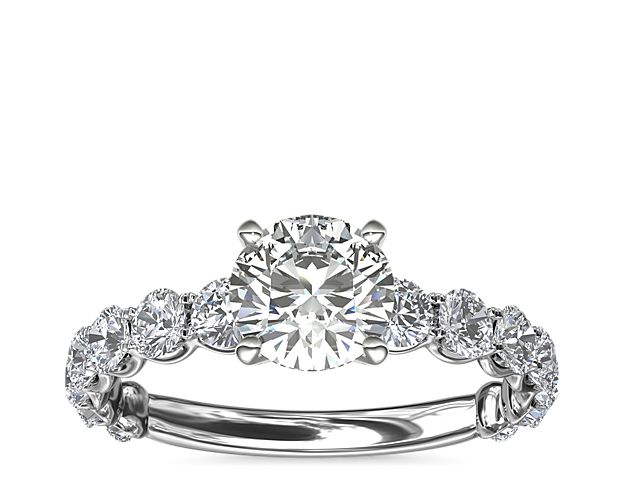
Selene Diamond Engagement Ring I
n Platinum

Petite Vintage Pavé Leaf Diamond Engagement Ring In 14k White Gold
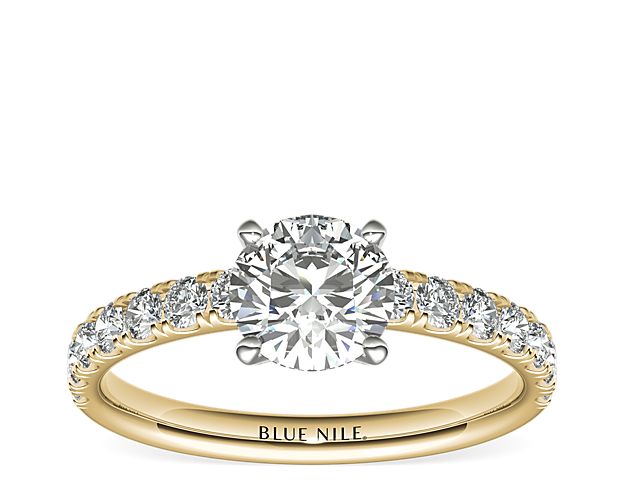
Scalloped Pavé Diamond Engagement Ring In
18k Yellow Gold

Classic Halo Diamond Engagement Ring
In Platinum


